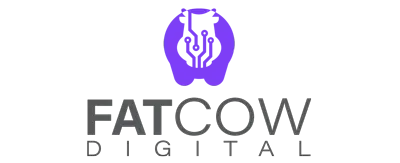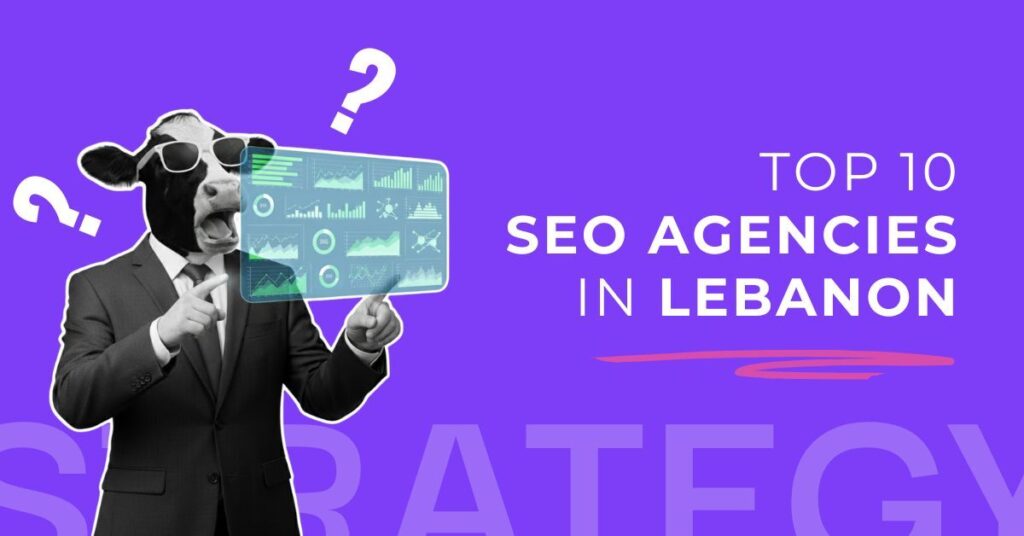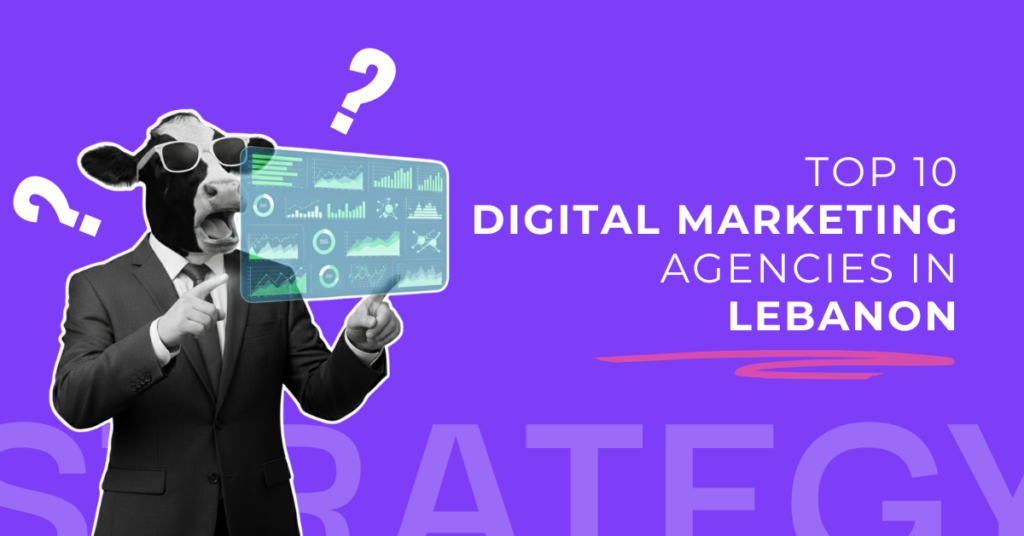Email marketing continues to be a massively leveraged and converting marketing channel. It’s cost-effective, personal, and highly engaging. Let’s dive into what it means to create campaigns that deliver measurable success.
1. Understand Your Audience
The foundation of any successful email marketing campaign is knowing who you're talking to. Without understanding your audience, your messages risk falling flat. Start by creating buyer personas, including demographics, interests, and pain points. Use data from past campaigns or analytics tools to understand customer behavior. When you know your audience, you can tailor your emails to address their specific needs.
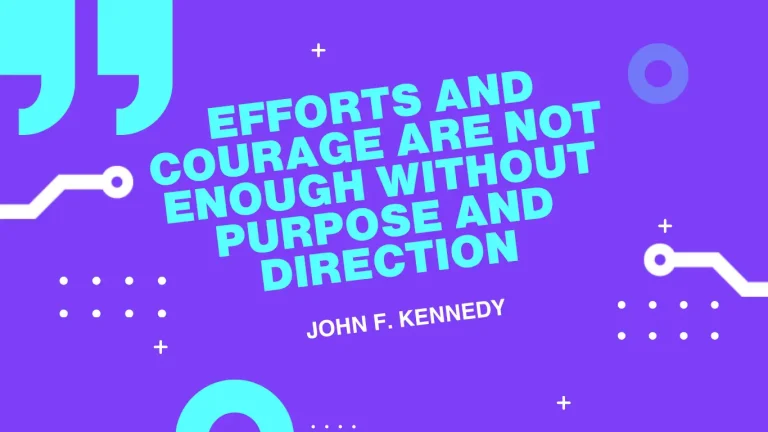
2. Define Clear Campaign Goals
“Efforts and courage are not enough without purpose and direction.” – John F. Kennedy
Every email campaign needs a clear purpose. Whether it’s driving traffic, promoting a new product, or building brand awareness, having clear goals will keep your campaign focused. A proven method for this is setting SMART goals.
Set SMART Goals:

3. Build a Quality Email List
Your email list will have a massive impact on your campaign’s success. The best approach is to have people opt-in to receive your emails. Here are a few ways to grow your list organically:
- Offer lead magnets like eBooks, discounts, or free trials in exchange for email addresses.
- Use pop-up forms on your website to capture leads for newsletters or exclusive offers.
- Run social media ads promoting exclusive content for subscribers.
Avoid purchasing email lists, as they often lead to low engagement and can harm your sender reputation.
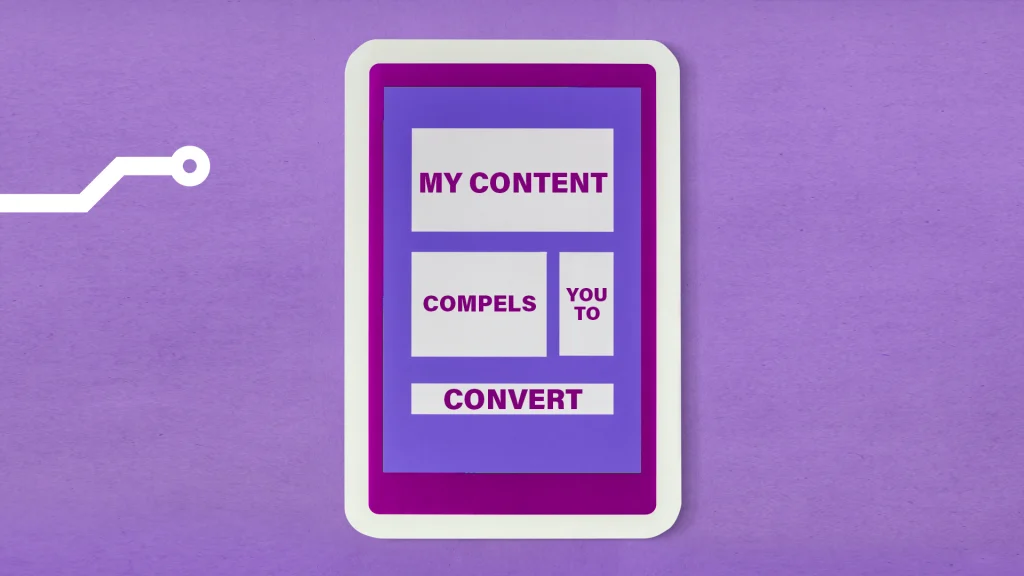
4. Craft Compelling Email Content & Design
Write Content That Converts
Your content defines your ability to drive engagement. Focus on attention-grabbing subject lines, intriguing preview text, and polished email bodies with a powerful call-to-action (CTA).
“When you have written your headline, you have spent eighty cents out of your dollar.” – David Ogilvy
Make every element of your email count, from a compelling subject line to a clear, action-oriented CTA like “Shop Now” or “Claim Your Offer.”
Optimize Your Design and Layout
Your email’s design plays a crucial role. A visually appealing email enhances the user experience and keeps your audience engaged. Follow these best practices:
- Use responsive design to ensure compatibility across all devices.
- Incorporate your brand colors and logo for consistency.
- Break up text with visuals and white space to improve readability.
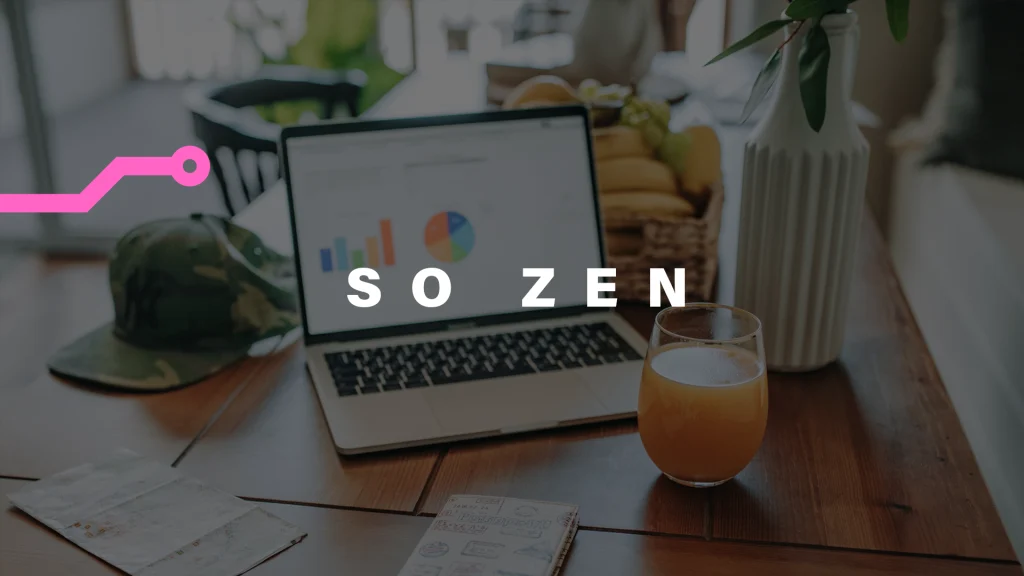
5. Test, Automate, and Avoid Mistakes
Test, Analyze, and Optimize
Regular testing is essential to improving performance. Run A/B tests on subject lines and CTAs, monitor metrics like open rates and conversions, and use that data to make informed decisions.
Leverage Automation Tools
Automation tools like Mailchimp or HubSpot streamline your efforts, saving time while increasing personalization. Use them for:
- Welcome series for new subscribers.
- Abandoned cart reminders for e-commerce.
- Purchase follow-ups to build customer loyalty.
Avoid Common Mistakes
Even with the best intentions, mistakes happen. Avoid these common pitfalls:
- Don’t overload emails with too much information.
- Don’t use spammy subject lines or spam-triggering keywords.
- Always honor unsubscribe requests to comply with data privacy laws.
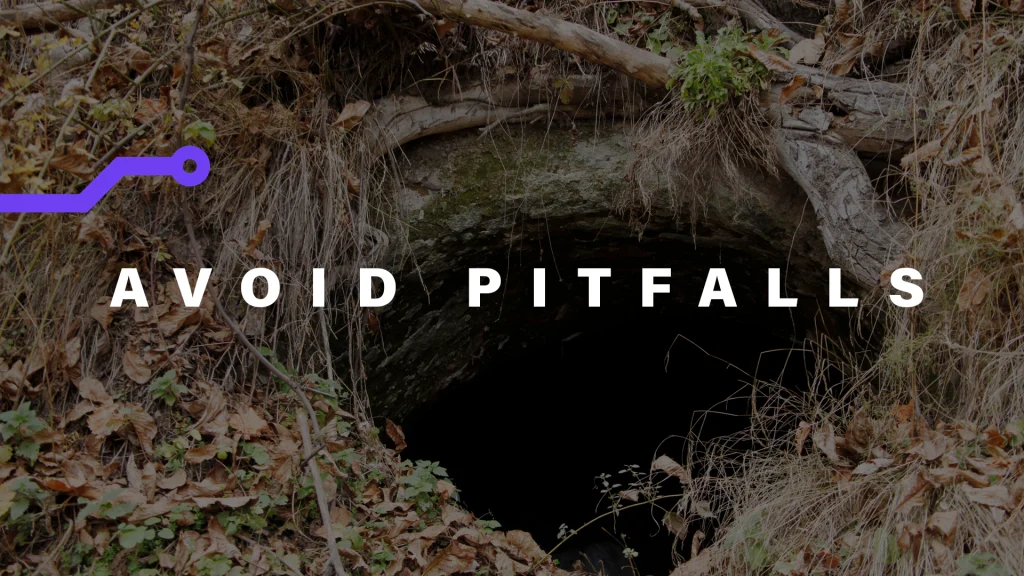
You’re Ready To Create Your Email Marketing Campaign
Creating high-converting email campaigns doesn’t have to be overwhelming. By understanding your audience, setting clear goals, and continuously optimizing your approach, you can launch campaigns that deliver real results.
Still unsure how to start? Book some time with us and let’s talk about your email marketing goals.
